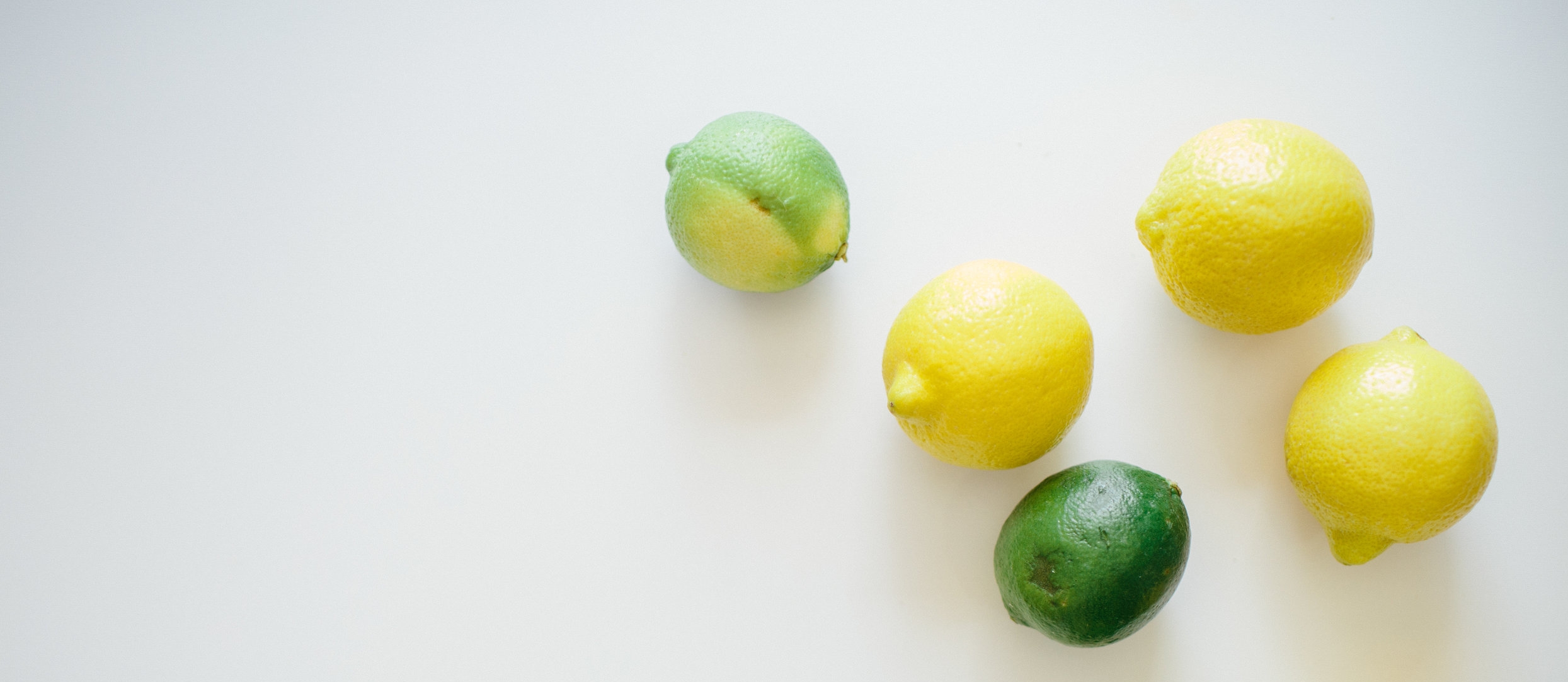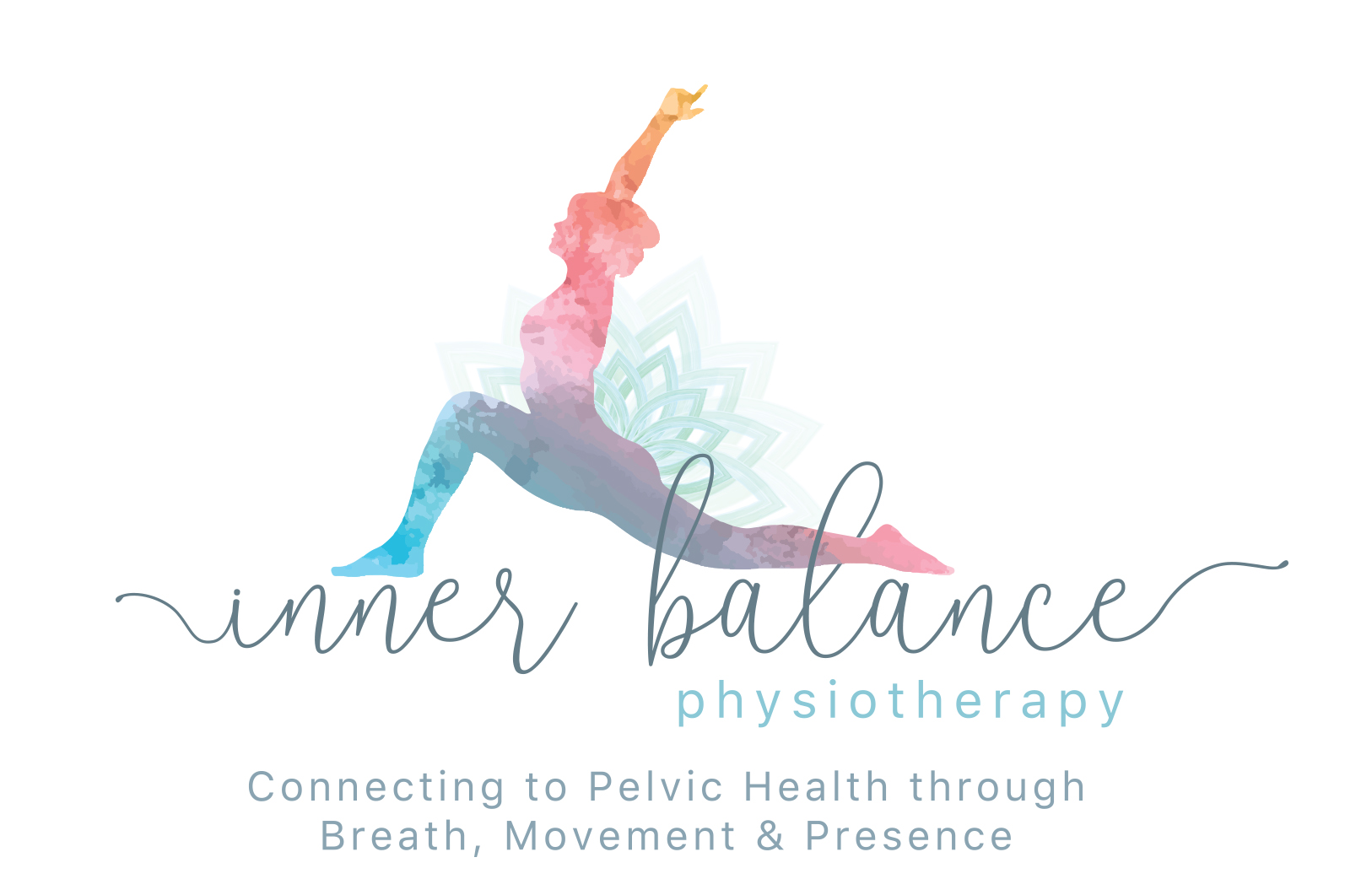
THE BARBELL BLOG
A solid resource squeezing out the facts
Your Body Image Impacts Your Children.
You are gifting your child with a narrative about their bodies based on what you say about your own.
Choose your words and your actions carefully mommas
Your body image impacts your children.
Your body image impacts your children.
Are you a mom? Because I’m not sure if you read those last 2 sentences so I’ll repeat it one more time.
Your body image impacts your children.
Do you listen to podcasts? Well even if you don't, you NEED to listen to this one.
Balance 365 Radio. Podcast #13. How Your Body Image Impacts your Children with Hilary McBride.
Here are a couple takeaways as I’ve listened to it three times.. Seriously... this is such good stuff that EVERY mom needs to hear.
“Women are bonding putting their bodies down as a way of preserving connection.”
“Girls are learning that they need to hate their bodies in order to participate in our society.”
“If mothers are really as influential as we say they are, then they have the potential through relationship with their daughters, to protect their daughters, to fight for them, to create a new world for them and give them freedom. Not just baggage. The best news of all is that this can happen even when mothers are still struggling in their own journey to love their body.”
Your children can sense things. Even if you didn't say it. Maybe you sighed when you looked at yourself in the mirror. Or the way you grabbed the roll of skin above your jeans. Or the way you changed your outfit 3 times with a scowl on your face before going out.
Or maybe you did say something but it wasn't to her. It was to a friend on the phone when you thought she wasn't listening. Or to your husband when your son was in the other room.
You are gifting your child with a narrative about their bodies based on what you say about your own.
I hear women talk about dieting and losing weight a LOT. And they have NO IDEA that what they are saying is affecting their children. Those little ears are listening folks. And they are packing it away somewhere deep inside.
There is an epidemic with little girls dieting. The statistics are shocking. Children as young as 8 or 9 are concerned about their weight. This needs to STOP. And you have the power to make a change in the world.
Choose your words and your actions carefully mommas. Let's try to change the narrative for the next generation.
Now go listen to this podcast!!
She has also written a book, which I have and LOVE. You can buy it at Chapters, Indigo, or online. Check it out here.
And remember,
Your body image impacts your children.
What to Expect at your appointment with a Pelvic Floor Physiotherapist
Corinne Langford, Pelvic Floor Physiotherapist and owner of Inner Balance Physiotherapy explains what happens at your Pelvic Floor Physio appointment.
Corinne Langford is a mom of two, a Calgary pelvic floor physiotherapist since 2004, and is currently studying yoga therapy. Thank you for writing this guest blog post for us!
Ok, you’re thinking about it. You’ve heard about pelvic floor physiotherapy, either from a friend, your mom, another health practitioner, or through a google search. It’s not uncommon for it to take a moment to sink in as you think “they do what?”.
It’s true. Pelvic floor physiotherapy is successful because there is no guess work, we assess and treat the pelvic floor directly. It’s really all just anatomy, albeit a very personal area of anatomy.
But we should be caring for our pelvic floor the same as we care for our shoulder, knee or foot. It’s an important area of our body that is often under treated, which is a sin because our pelvic region goes through A LOT over our lifetime.
So what exactly does an assessment look like? First of all, pelvic floor physios tend to have a looong intake and history form. It’s a very big umbrella for such a little area, so we will talk about your general health history, childbirth experiences, concerns with intercourse, and ask all about your bladder and bowel habits and symptoms. We will ask about your job, daily activities and your exercise regime. Honestly, my favourite tidbits of information often start with “this might not be related, but....”. Sometimes it’s not related, but I have found more jewels of insight from these statements then I can remember. Generally, its ALL related.
After we chat, I explain what the actual assessment will entail (keep reading for this insider knowledge). Then comes the most important thing for my client to understand: the consent form. The most important piece of information on this sheet is that the client can withdraw consent, at any time, on any appointment. Honestly, it’s ok. I always say “we don’t have to do this all at one time, if you feel overwhelmed, or uncomfortable at any point, let me know and we can do the rest next time. And this goes for any treatment session”. We have SO much education and externally based topics to go through (posture, toilet education, positioning), we can always concentrate on these things. But truly, the sentiment expressed after assessments is “ok, that wasn’t as bad as I thought”.
I want this to be a very gentle, respectful, educational, and empowering experience for each client, every time.
Sometimes the assessment will start with some screening tests looking at pelvic joint symmetry/pain with movement. In fact, if a client comes in with predominant concerns of symphysis pubis or sacroiliac joint pain, our initial assessment/treatment may be entirely external.
Our “pelvic floor assessment” starts off with assessing diaphragmatic function, which is so very closely linked with pelvic floor function. In fact, regardless of whether we will be working on strengthening the pelvic floor, or relaxing the pelvic floor, we will use the diaphragm. I then look at the abdominal musculature. I am primarily looking for muscle tension, muscle activation, scar tissue, and I will assess for a diastasis recti.
The assessment itself starts off with visualization of the external genitalia. I am looking for skin changes or discolouration, descent of the tissue, scarring, and the general health of the labia. I will complete a couple of other external tests, and then I gently palpate along the vaginal walls, feeling for increased or decreased muscle tone. Sometimes the muscles are so tight that I am not able to comfortably access the deeper pelvic floor muscles.
I always assure clients that I will NEVER push past tight and sore muscles.
If the superficial pelvic floor muscle are extremely tight, assessment turns into treatment and I start teaching my client how to connect with and relax the pelvic floor muscles. If there is not too much tension, I will assess for muscle activation/strength, balance, and endurance. I use this information to choose the type of “kegel” I would like my client to start with. Believe it or not, I have 9 types of kegels to choose from to recommend, including some that actually teach how to relax the pelvic floor.
The assessment may also include a rectal assessment, which will assess the integrity of the anal sphincters, as well as the rectal walls. I will ask the client to contract/relax these muscles, as I assess tone/tension. This is an excellent way to directly assess the position and mobility of the tailbone. Like the vaginal exam, this is a very gentle assessment.
After the assessment I leave the room so the client can get dressed, and then we go through the results, as well as the home exercise program.
Although there are some guidelines regarding reps and sets for kegels, it is ALWAYS quality over quantity.
So if the muscles are fatiguing after 5 repetitions during the assessment, then that is approximately how many will be in a set. Of course, this is if you even receive “strengthening” exercises, many people have come in for strengthening and left with a program that focuses on relaxing tight pelvic floor muscles (remember that tension and weakness often go hand in hand).
One of the most common mistakes made with kegels is trying too hard, you can’t bulldoze through these exercises. Initially, these exercises usually feel more like a “brain” exercise than a “muscle strengthening” exercise.
Eventually, within the program, clients can expect to have breathing exercises, postural exercises, and exercises that coordinate the pelvic floor with the transverse abdominus, and other muscle groups (ie. glutes).
One of the things that surprises many people, is how many topics we will address. For example did you know that constipation is a very common cause of pelvic organ prolapse, and urinary incontinence? Or that calf tension can contribute to pelvic floor tension? Honestly, the interconnection between different areas of our body is fascinating.
Other Tidbits:
Assessments and treatments are all for 1 hour, although there are shorter appointment slots if we are near the end of a treatment program and doing more of a “check in”. But you’d be surprised at quickly an hour goes by.
Initially, appointments are every 2 weeks, and then we start to stretch it out. The average number of visits is between 4-6. But to be honest this depends on how many things we have to treat, the severity of symptoms and of course how often you do your exercises.
Clients are always welcome to bring their baby and kids. It is absolutely easier for the client if they are on their own, because then they can just focus on themselves. But sometimes this just isn’t feasible. Sometimes babies sleep, and sometimes they cry. It’s all good, we just work around their needs.
The overwhelming sentiment expressed after a couple of visits is one of empowerment.
People are often surprised at how much they learn about themselves and pelvic health. And many comment on how really, in an ideal world, every woman would have at least an initial assessment. Our bodies go through so much, and pelvic concerns are often under treated because many don’t realize that there are treatment options available for most conditions.
Remember, pelvic symptoms are common but NEVER normal.
.Corinne Langford BScPT Corinne is a pelvic floor physiotherapist with Inner Balance Physiotherapy, and the Lifemark Health Centre - Sundance. A pelvic floor physiotherapist since 2004, Corinne treats men and women with all pelvic concerns ranging from pelvic floor weakness, incontinence, pelvic pain, prolapse. Inner Balance Physio offers one on one sessions of pelvic floor physiotherapy in Calgary, one on one in home sessions, pelvic health workshops, and classes. Corinne is dedicated to helping her clients discover and develop their own inner source of healing and strength.
The Loneliness of Motherhood
A guest post by my friend and colleague Chelsea of Village Therapy. Three ways to help you through those feelings of isolation in motherhood.
This is a guest post from my friend and colleague Chelsea of Village Therapy. Chelsea is a mom of 2, a social worker and a maternal mental health specialist.
Motherhood can be so dang lonely! Some women might be lucky enough to get pregnant at the same time as their sister or their best friend or have a dozen friends who are all off on maternity leave at the same time. However, the reality is that most of us don’t!
That means that on Sunday night as our partners prepare to go back to work, and worse yet, Monday morning when their car pulls out of the garage for another long week, we mamas can feel the weight of the world on our shoulders.
The thoughts can spiral really quickly.
What will I do all week?
I’m stuck inside this house with the baby.
I don’t know if I should be left alone with my baby.
I’m so tired.
I’m so lonely.
It can be overwhelming, terrifying, and really, really lonely.
I always share with the mama’s I work with that we were never meant to do this motherhood gig alone. Not that many generations ago, women had other women to rely on. Their neighbours or sisters or aunts or cousins or parents or grandparents were all around. There wasn’t a sense of being left home alone with the baby because our homes had revolving doors and coming through those doors were the warm friendly faces of the women we loved.
Very few women have this same village of support these days.
Many of us have family who live far away, or who leave for half the year to escape our cold harsh winters, or who work full time and aren’t available to spend time with us during our first years of motherhood. Many of the women I work with share with me that more than help they just want company. They don’t want to feel so alone.
It is so unfortunate that we are meant to build our own network of support at a time when we feel like we are just getting by. The transition to motherhood is overwhelming on its own, never mind also realizing that you might need to revamp or do a complete overhaul on your support network.
So, what can we do to combat this sense of isolation?
Whenever possible, prepare in pregnancy! Women spend so much time during their pregnancy preparing for childbirth and much less time preparing for the postpartum period. If you are pregnant now and going on maternity leave soon, do some research! Are there classes you might like to attend? Do you have friends who are also off? Connect with them now, find out what they do and if they will be around to spend time with. Talk to your family and friends about what you might need postpartum in terms of support and company. Forecast the need for support, if you have too much you can always scale back.
Take the plunge, even if it scares you, and go to local moms groups. Trust me, everyone going to these groups is going for the same reason as you; to get out of the house and to find a mom friend. They will not judge you. They will not wonder why you came. They will welcome you. If you don’t find your person right away, keep going or try another group. She is out there looking for you too.
Structure your week! If you notice that you feel overwhelmed as Sunday approaches and you look ahead to another week home with your baby, do yourself a favour and plan your week out. I usually suggest to have 2-3 planned activities set up. Maybe you’re arranging a play date, taking your baby to the pool, checking out the new library or meeting a work friend for coffee. Perhaps the alternate days you are grabbing groceries or listening to your favourite podcast while you meal prep for the week. However simple it might be, creating some structure to your week might make it feel less daunting. Even better, write it down, that’s one less thing to think or worry about.
This season of life with young children can be really hard and really lonely. It is unfortunate that we have to work hard to build up a support network for ourselves that traditionally would have been there. Despite this, for most women the need for social engagement and support is a fundamental aspect of feeling well postpartum.
So, in the absence of a village, build one, mama!
You can find Chelsea on Instagram and on Facebook. She provides "on-the-go" counselling to women and their partners to address mental health concerns during pregnancy and in the postpartum period.
Complimenting our daughters. Time to change it up.
Let's help change the conversation by complimenting our daughters on things other than their appearance.
When my children were younger, I read an article about how we talk to girls. We tend to comment on their shoes, their hair, their clothes. And I became very aware of how I talked to my daughter and her friends. And yes, there were a LOT of comments on the curls in their hair, their adorable little shoes and their beautiful long eyelashes. And then I took a look at what I was saying to my son and his friends. And it was definitely different. Certainly not intentional but there were a lot more questions about sports, games and dinosaurs.
Why is that? Probably because girls clothes are so freakin adorable and they are soooo cute.... but it definitely made me think about it and it challenged me to change the way I talked to the girls in my life.
Think about it.
If we are constantly telling little girls that their appearance is the first thing we notice about them, what are we teaching them?
Yes, of course, compliments are nice. And we feel good when we receive them, but how can we make an effort to compliment on something other than their appearance?
Things I starting asking my daughter's friends...
"What books do you like to read?"
"Do you like soccer/swimming/gymnastics?"
"What's your favourite subject in school?"
Things I started saying to my daughter...
"You are so strong".
"You are such a good friend."
"I love how honest you are."
"Your determination is inspiring."
"You are so brave."
"I love your sense of humour.'
"You are so helpful."
"I love how generous you are."
It was... hard. It still is. Yes, I tell my daughter she is beautiful and I compliment her on her appearance and her clothing choices. But that's not the only thing she gets compliments on.
Every night I ask her what's the most beautiful thing about her.
She puts her hand over her chest and says "My heart".
This is my daughter standing on the peak of mountain. She was the one who pushed our family to get up there. She wanted SO BADLY to stand on top of a mountain. And her determination and strength got her up there.
Let's bring up strong, confident, brave, curious girls.
Cause you know what? They will figure out what is important. And as they grow up and start complimenting others, they will focus on something other than the clothes, hair and eyelashes.
This was a note I found on my pillow one night, from my daughter, written when she was 6.
"Mom, I love you and you are so strong."
Perhaps if we start changing the conversation when they are little, the conversation won't need to be changed when they're older.
Let's be the change for our daughters.
“Be the change that you wish to see in the world.”









